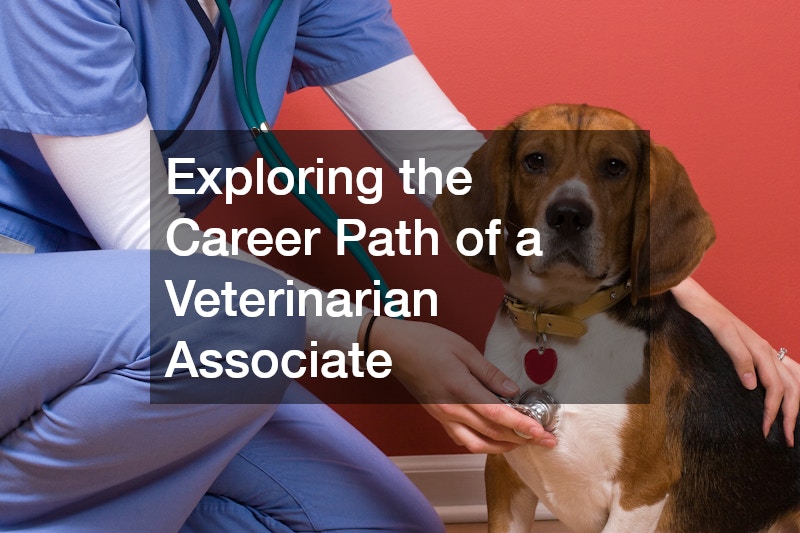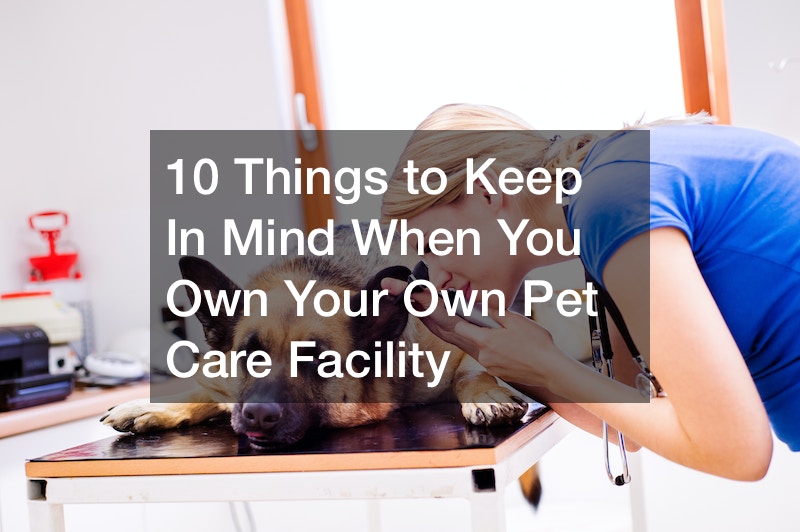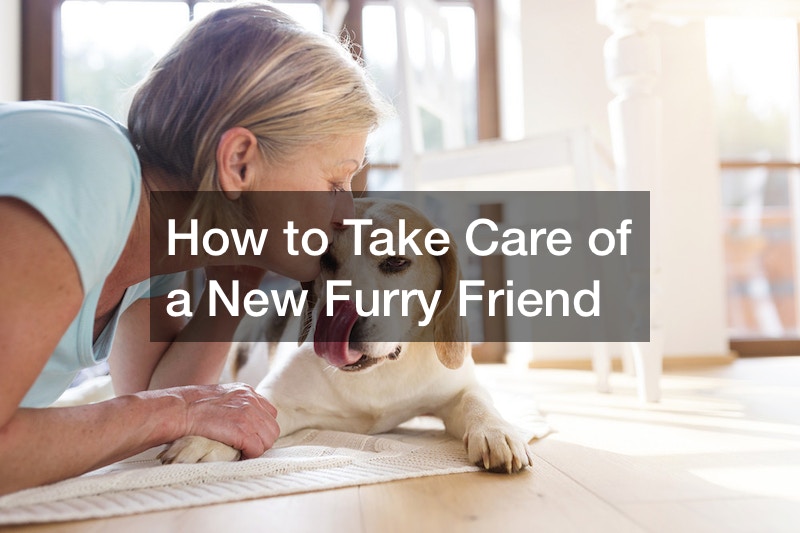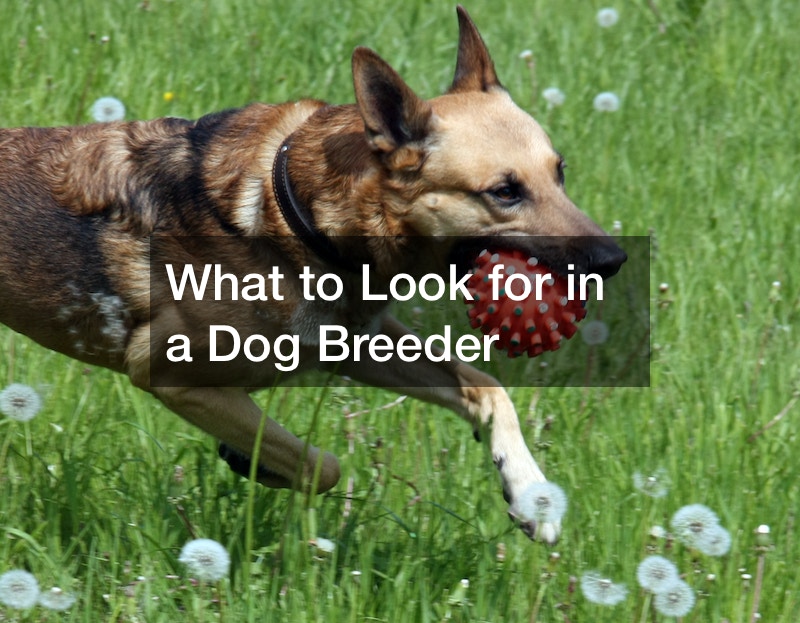Exploring The Vet Field
The field of veterinary medicine offers numerous career paths, each contributing uniquely to the care and well-being of animals. One essential role within this industry is that of the veterinarian associate. Veterinarian associates work closely with licensed veterinarians to assist in providing medical care to animals, handling a variety of tasks that range from administrative duties to assisting in surgeries. The career path of a veterinarian associate is both rewarding and challenging, offering individuals the opportunity to combine their love for animals with medical expertise. The role has evolved, incorporating a wider range of responsibilities that are crucial to ensuring the smooth operation of veterinary practices.

Understanding the Role of a Veterinarian Associate
A veterinarian associate is an integral part of a veterinary team, responsible for supporting veterinarians in a variety of clinical and administrative tasks. Their day-to-day work can include everything from taking patient histories to assisting in animal surgeries. The veterinarian associate plays a key role in the care and treatment of animals, often helping to ease the load of veterinarians by handling routine checkups, administering medications, and communicating with pet owners. In addition to direct animal care, these professionals often take on tasks like managing medical records and handling the logistics of a veterinary practice.
More specifically, the responsibilities of a veterinarian associate can extend to specialized tasks depending on the practice’s focus. For instance, in clinics that emphasize holistic care, veterinarian associates may be involved in complementary therapies, such as rehabilitation exercises or alternative medicine techniques. Those working in larger practices may also manage more complex cases under the supervision of a veterinarian.
Educational Requirements for Veterinarian Associates
To become a successful veterinarian associate, a foundational education in animal science or veterinary technology is typically required. Many veterinarian associates begin their careers by earning an associate degree or completing a certification program focused on veterinary technology, which provides a solid background in animal care, pharmacology, and diagnostic procedures. These programs are often supplemented with hands-on experience through internships or on-the-job training. The educational path of a veterinarian associate ensures that they are well-prepared to handle the daily demands of working in a veterinary clinic, from understanding medical terminology to learning how to operate medical equipment used in diagnostics and surgeries.
For those with an interest in broader animal-related fields, the educational requirements can vary slightly. For example, someone who also wants to work as a local dog groomer might pursue additional training in grooming techniques alongside their veterinary studies. This dual focus allows a veterinarian associate to provide a more comprehensive range of services within a veterinary practice, enhancing their value to both employers and pet owners.

Skills and Competencies Needed in Veterinary Care
A successful veterinarian associate must possess a combination of technical, interpersonal, and problem-solving skills to effectively contribute to animal care. Technical skills include proficiency in handling medical instruments, administering medications, and performing routine diagnostic tests. Additionally, familiarity with animal anatomy and common medical conditions is essential. Interpersonal skills are equally important, as veterinarian associates often serve as liaisons between the veterinarian and pet owners, requiring clear communication and empathy. Problem-solving abilities allow associates to handle unexpected situations that arise in a clinical setting, from calming an anxious pet to adjusting to an emergency.
In more specific terms, a veterinarian associate who collaborates with a carpet cleaning company in pet-friendly homes may need to understand how certain chemicals affect animals. This knowledge becomes crucial when recommending pet-safe cleaning solutions to owners concerned about their pet’s health. Additionally, veterinarian associates in such environments must maintain an awareness of potential allergens and toxins that could be present in homes where animals reside.
Daily Responsibilities of a Veterinarian Associate
The daily life of a veterinarian associate is fast-paced and diverse, often involving a mix of patient care and administrative duties. On a typical day, a veterinarian associate might assist with patient intake, document medical histories, and help prepare animals for surgery. In between these tasks, they may administer vaccinations, perform routine tests such as blood work, and communicate with pet owners about treatment plans and follow-up care. Veterinarian associates also help maintain the clinic’s cleanliness and organization, ensuring that exam rooms are properly stocked with supplies and that medical equipment is sterilized after use. The ability to juggle multiple responsibilities efficiently is a key characteristic of a successful veterinarian associate.
For those working in clinics that specialize in certain services, such as facilities with a focus on laminate flooring to create a pet-friendly environment, additional daily tasks might include educating clients on how to maintain a clean and safe space for their pets. A veterinarian associate in this setting might guide pet owners through best practices for reducing wear and tear on laminate floors caused by pets, suggesting appropriate cleaning methods and products that will not harm animals.

The Importance of Compassion in Veterinary Medicine
Compassion is one of the most vital attributes a veterinarian associate can possess. In a field that revolves around the care of animals, showing empathy and understanding to both pets and their owners is essential. Veterinarian associates often deal with sick, injured, or anxious animals, making it crucial to provide comfort and reassurance during stressful situations. This compassion extends to pet owners, who are often worried about their pets’ well-being. By demonstrating patience and empathy, veterinarian associates help foster trust and create a calming environment within the clinic. Compassion not only improves the overall experience for clients but also contributes to better patient outcomes, as animals are more likely to respond positively to care when they feel safe and comforted.
On a more specific level, compassion becomes particularly important in situations where pets are impacted by external circumstances, such as a hospital water damage incident that temporarily displaces them from their home. In such cases, a veterinarian associate might need to comfort both the animals and their owners, offering advice on how to manage the pets’ stress during this disruption.
Specializations Within the Veterinarian Associate Field
While the core responsibilities of a veterinarian associate are centered around general animal care, many associates have the opportunity to specialize in particular areas of veterinary medicine. These specializations can range from working with exotic animals to focusing on animal rehabilitation or assisting in veterinary oncology. Pursuing a specialization often requires additional training or certification, but it allows veterinarian associates to refine their expertise and take on more complex cases. Specializations can make a veterinarian associate more valuable to specific clinics or veterinary hospitals that offer niche services, and they also allow associates to focus on areas of veterinary care that they are passionate about.
In some cases, a veterinarian associate might specialize in working with animals that frequently encounter household hazards, such as those posed by plumbing issues. For example, a veterinarian associate collaborating with a plumber may need to develop a deeper understanding of how water contamination or exposure to harmful chemicals affects pets. This knowledge would allow the associate to provide more specialized care and advice to pet owners dealing with plumbing-related emergencies, such as leaks or toxic exposure.

Job Outlook and Employment Opportunities
The job outlook for veterinarian associates is promising, with steady demand for skilled professionals in veterinary clinics, animal hospitals, research facilities, and even government agencies. As more people seek medical care for their pets and the variety of services offered by veterinary practices expands, the need for veterinarian associates is expected to grow. Employment opportunities are diverse, ranging from small, independent clinics to large veterinary hospitals that offer specialized services. Additionally, veterinarian associates may find opportunities in education, working as instructors for veterinary technology programs, or in the pharmaceutical industry, assisting with the development of medications and treatments for animals.
More specifically, those with an interest in property management might find unique opportunities for veterinarian associates within facilities that cater to pet-friendly residential communities. In these environments, veterinarian associates might work closely with property management teams to ensure that common areas and living spaces are safe for animals. This could involve providing recommendations on pet-friendly policies or conducting wellness checks on animals living in these communities.
The Path to Professional Development and Certifications
Professional development is a key aspect of a successful career as a veterinarian associate. Ongoing education and training allow associates to stay current with advancements in veterinary medicine, ensuring they provide the best possible care to their patients. Veterinarian associates are often encouraged to pursue additional certifications in areas such as anesthesia, dentistry, or emergency care, which not only enhance their skill set but also increase their value within the veterinary clinic. Participation in professional organizations and conferences is another way for veterinarian associates to continue their education and network with other professionals in the field.
For veterinarian associates who work closely with septic cleaning services, professional development may include obtaining certifications in environmental health or biohazard management. These certifications would enable the veterinarian associate to address concerns about how septic issues can affect animals’ health, particularly in rural or agricultural areas. This specialized knowledge enhances the associate’s ability to provide comprehensive care that takes into account the environmental factors that may impact animals.
Challenges Faced by Veterinarian Associates
Veterinarian associates encounter a wide range of challenges in their daily work, from dealing with difficult cases to managing the emotional toll of working with sick or injured animals. One of the most pressing challenges is the ability to maintain composure and professionalism in high-stress environments, particularly during emergencies or when delivering difficult news to pet owners. The physical demands of the job can also be taxing, as veterinarian associates often spend long hours on their feet, handling animals of various sizes, and performing intricate medical tasks. In addition to these physical and emotional challenges, veterinarian associates must also stay up-to-date with evolving medical practices and technology to ensure they provide the best possible care for their patients.
In more specific scenarios, veterinarian associates who work alongside janitorial service teams in veterinary clinics face the added challenge of ensuring that the environment is kept clean and sanitary while simultaneously providing medical care. Clinics must maintain the highest standards of cleanliness to prevent the spread of infections or diseases, and veterinarian associates often work closely with janitorial staff to uphold these standards. This can require balancing time between patient care and maintaining clinic hygiene, adding a layer of responsibility to their already demanding roles.
The Future of the Veterinarian Associate Profession
The future of the veterinarian associate profession is bright, with continued advancements in veterinary medicine and a growing recognition of the role associates play in animal care. As veterinary practices become more specialized, veterinarian associates will likely take on greater responsibilities, especially in fields such as animal rehabilitation, dentistry, and emergency care. The profession is also likely to benefit from technological advancements, such as the use of telemedicine and improved diagnostic tools, which will enhance the efficiency and effectiveness of veterinary care. As the demand for high-quality veterinary services increases, veterinarian associates will play an even more critical role in supporting veterinarians and ensuring that clinics run smoothly.
In a more specific context, veterinarian associates who specialize in water heater repair for clinics may find themselves at the forefront of environmentally sustainable practices. With increasing attention to eco-friendly solutions in both veterinary care and clinic management, veterinarian associates may need to stay informed about energy-efficient systems that improve the operational efficiency of veterinary facilities. Incorporating this knowledge into their daily work ensures that veterinarian associates can contribute to the larger movement toward sustainability in the medical field.
Veterinarian Career Path
The career path of a veterinarian associate is one filled with diverse responsibilities, challenges, and growth opportunities. From providing hands-on care to animals in need to assisting veterinarians in advanced medical procedures, veterinarian associates play a vital role in the veterinary field. Their ability to adapt to a range of environments, handle complex medical tasks, and demonstrate compassion to both animals and their owners makes them indispensable members of the veterinary team. As the profession continues to evolve, veterinarian associates will have even more opportunities to specialize, expand their skill sets, and contribute to advancements in veterinary medicine.



























